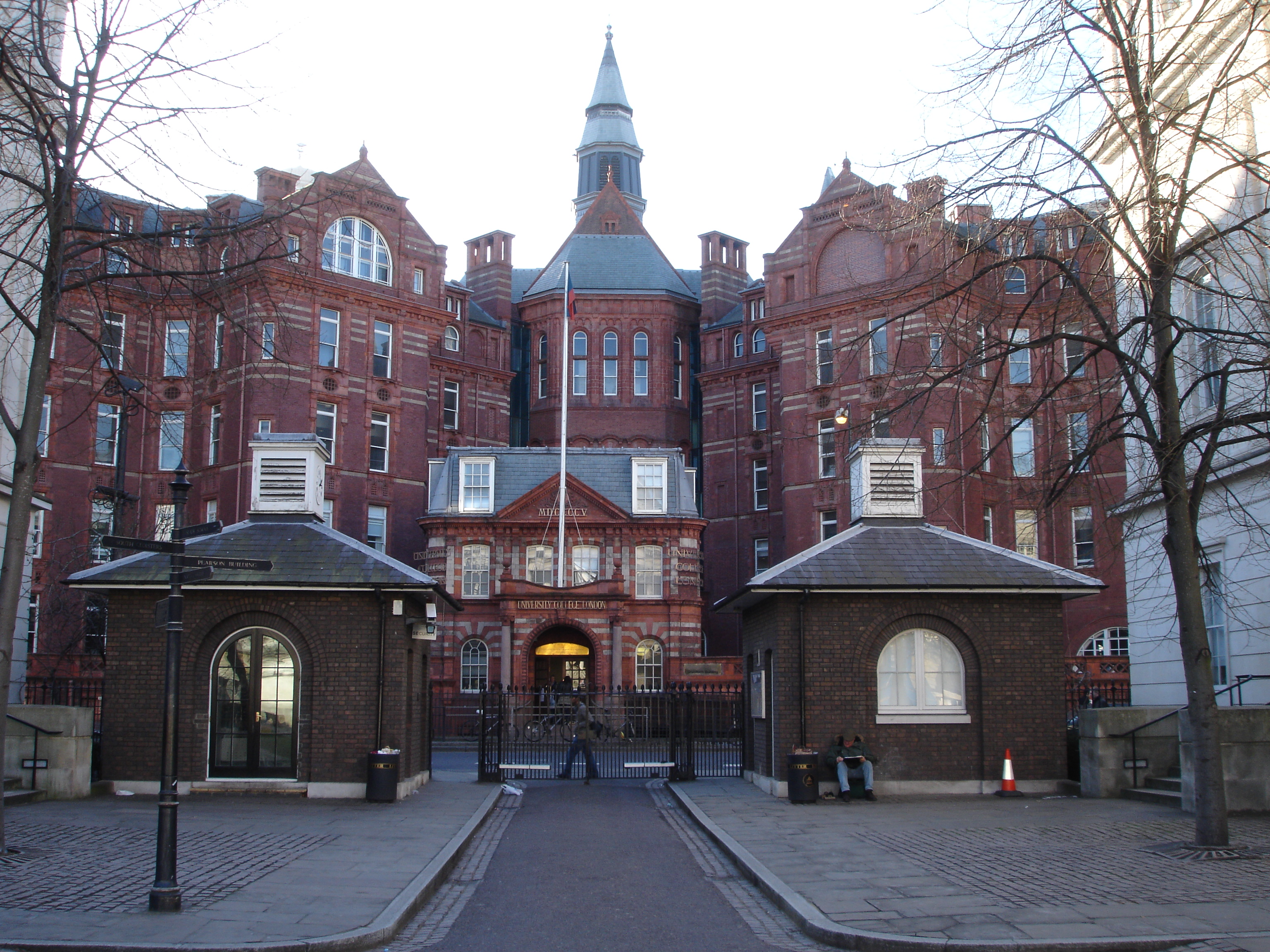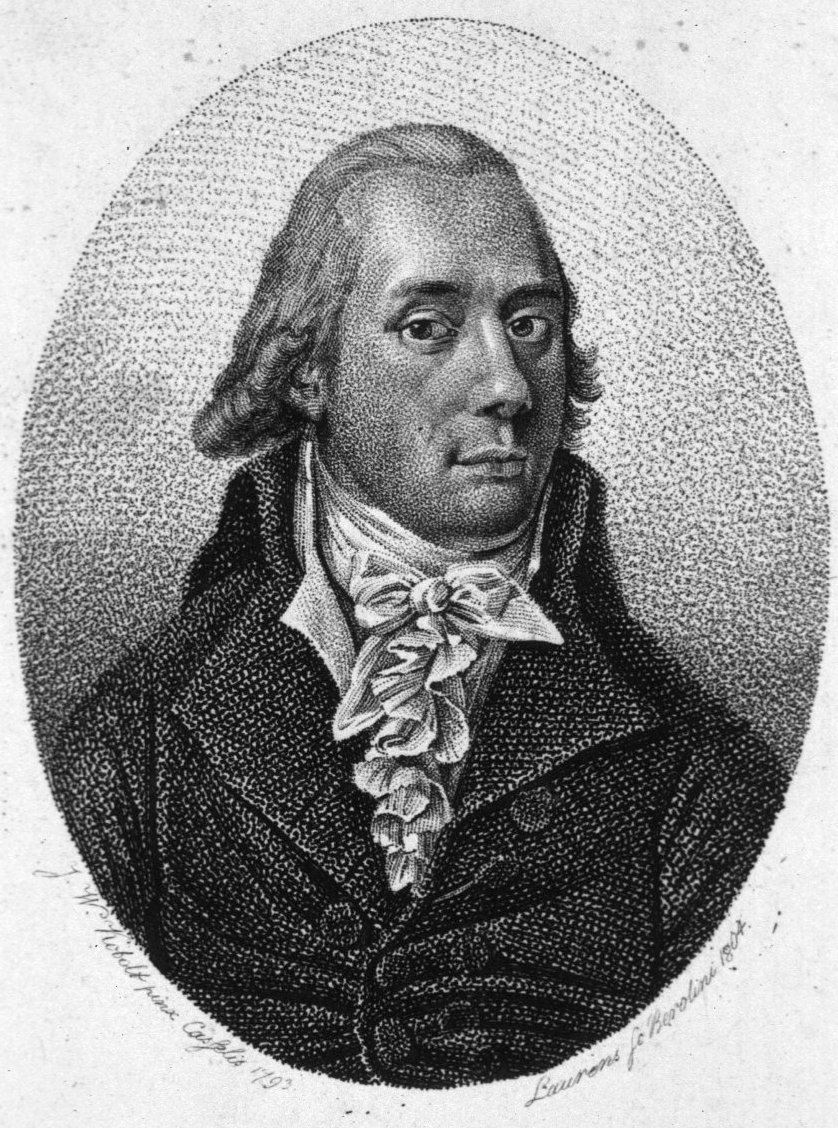|
Colin Groves
Colin Peter Groves (24 June 1942 – 30 November 2017) was a British-Australian biologist and anthropologist. Groves was Professor of Biological Anthropology at the Australian National University in Canberra, Australia. Education Born in England, Groves completed a Bachelor of Science at University College London in 1963, and a Doctor of Philosophy at the Royal Free Hospital School of Medicine in 1966. From 1966 to 1973, he was a Postdoctoral Researcher and Teaching Fellow at the University of California, Berkeley, Queen Elizabeth College and the University of Cambridge. Career Groves emigrated to Australia in 1973 and joined the Australian National University, where he was promoted to full Professor in 2000 and remained Emeritus Professor until his death. Along with the Czech biologist Professor Vratislav Mazák, Groves was the describer of ''Homo ergaster''. Groves also wrote ''Primate Taxonomy'' published by the Smithsonian Institution Press in 2001, and Ungulate Taxonom ... [...More Info...] [...Related Items...] OR: [Wikipedia] [Google] [Baidu] |
Canberra
Canberra ( ) is the capital city of Australia. Founded following the Federation of Australia, federation of the colonies of Australia as the seat of government for the new nation, it is Australia's largest inland city and the List of cities in Australia by population, eighth-largest city overall. The city is located at the northern end of the Australian Capital Territory at the northern tip of the Australian Alps, the country's highest mountain range. As of June 2021, Canberra's estimated population was 453,558. The area chosen for the capital had been inhabited by Indigenous Australians for up to 21,000 years, with the principal group being the Ngunnawal people. European settlement commenced in the first half of the 19th century, as evidenced by surviving landmarks such as St John the Baptist Church, Reid, St John's Anglican Church and Blundells Cottage. On 1 January 1901, federation of the colonies of Australia was achieved. Following a long dispute over whether Sydney o ... [...More Info...] [...Related Items...] OR: [Wikipedia] [Google] [Baidu] |
University College London Medical School
UCL Medical School is the medical school of University College London (UCL) and is located in London, United Kingdom. The School provides a wide range of undergraduate and postgraduate medical education programmes and also has a medical education research unit and an education consultancy unit. It is internationally renowned and is currently ranked 7th in the world by the QS World University Rankings 2022. UCL has offered education in medicine since 1834. The currently configured and titled medical school was established in 2008 following mergers between UCLH Medical School and the medical school of the Middlesex Hospital (in 1987) and The Royal Free Hospital Medical School (in 1998). The School's clinical teaching is primarily conducted at University College Hospital, The Royal Free Hospital and the Whittington Hospital, with other associated teaching hospitals including the Great Ormond Street Hospital, Moorfields Eye Hospital, the National Hospital for Neurology and Neuros ... [...More Info...] [...Related Items...] OR: [Wikipedia] [Google] [Baidu] |
Ethnobiology
] Ethnobiology is the scientific study of the way living things are treated or used by different human cultures. It studies the dynamic relationships between people, biota, and environments, from the distant past to the immediate present.culture to the plant world"'' * in Great Britain, Britain (mid 1960s) with the publication of Claude Lévi-Strauss' book ''The Savage Mind'' legitimating "folk biological classification" as a worthy cross-cultural research endeavour * in France (mid 1970s) with André-Georges Haudricourt's linguistic studies of botanical nomenclature and R. Porteres' and others work in economic biology. Present (1980s–2000s) By the turn of the 21st century ethnobiological practices, research, and findings have had a significant impact and influence across a number of fields of biological inquiry including ecology, conservation biology, development studies, and political ecology. The Society of Ethnobiology advises on its web page: Ethnobiology is a rapidly ... [...More Info...] [...Related Items...] OR: [Wikipedia] [Google] [Baidu] |
Biological Anthropology
Biological anthropology, also known as physical anthropology, is a scientific discipline concerned with the biological and behavioral aspects of human beings, their extinct hominin ancestors, and related non-human primates, particularly from an evolutionary perspective. This subfield of anthropology systematically studies human beings from a biological perspective. Branches As a subfield of anthropology, biological anthropology itself is further divided into several branches. All branches are united in their common orientation and/or application of evolutionary theory to understanding human biology and behavior. * Bioarchaeology is the study of past human cultures through examination of human remains recovered in an archaeological context. The examined human remains usually are limited to bones but may include preserved soft tissue. Researchers in bioarchaeology combine the skill sets of human osteology, paleopathology, and archaeology, and often consider the cultural a ... [...More Info...] [...Related Items...] OR: [Wikipedia] [Google] [Baidu] |
Osteology
Osteology () is the scientific study of bones, practised by osteologists. A subdiscipline of anatomy, anthropology, and paleontology, osteology is the detailed study of the structure of bones, skeletal elements, teeth, microbone morphology (biology), morphology, function, disease, pathology, the process of ossification (from cartilage, cartilaginous molds), and the resistance and hardness of bones (biophysics). Osteologists frequently work in the public and private sector as consultants for museums, scientists for research laboratories, scientists for medical investigations and/or for companies producing osteological reproductions in an academic context. Osteology and osteologists should not be confused with the pseudoscientific practice of osteopathy and its practitioners, osteopaths. Methods A typical analysis will include: * an inventory of the skeletal elements present * a dental inventory * aging data, based upon epiphyseal fusion and dental eruption (for subadults) and ... [...More Info...] [...Related Items...] OR: [Wikipedia] [Google] [Baidu] |
Primates
Primates are a diverse order of mammals. They are divided into the strepsirrhines, which include the lemurs, galagos, and lorisids, and the haplorhines, which include the tarsiers and the simians (monkeys and apes, the latter including humans). Primates arose 85–55 million years ago first from small terrestrial mammals, which adapted to living in the trees of tropical forests: many primate characteristics represent adaptations to life in this challenging environment, including large brains, visual acuity, color vision, a shoulder girdle allowing a large degree of movement in the shoulder joint, and dextrous hands. Primates range in size from Madame Berthe's mouse lemur, which weighs , to the eastern gorilla, weighing over . There are 376–524 species of living primates, depending on which classification is used. New primate species continue to be discovered: over 25 species were described in the 2000s, 36 in the 2010s, and three in the 2020s. Primates hav ... [...More Info...] [...Related Items...] OR: [Wikipedia] [Google] [Baidu] |
Human Evolution
Human evolution is the evolutionary process within the history of primates that led to the emergence of ''Homo sapiens'' as a distinct species of the hominid family, which includes the great apes. This process involved the gradual development of traits such as human bipedalism and language, as well as interbreeding with other hominins, which indicate that human evolution was not linear but a web.Human Hybrids (PDF). Michael F. Hammer. ''Scientific American'', May 2013. The study of human evolution involves several scientific disciplines, including physical anthropology ... [...More Info...] [...Related Items...] OR: [Wikipedia] [Google] [Baidu] |
Creationism
Creationism is the religious belief that nature, and aspects such as the universe, Earth, life, and humans, originated with supernatural acts of divine creation. Gunn 2004, p. 9, "The ''Concise Oxford Dictionary'' says that creationism is 'the belief that the universe and living organisms originated from specific acts of divine creation.'" In its broadest sense, creationism includes a continuum of religious views, Haarsma 2010, p. 168, "Some Christians, often called 'Young Earth creationists,' reject evolution in order to maintain a semi-literal interpretation of certain biblical passages. Other Christians, called 'progressive creationists,' accept the scientific evidence for some evolution over a long history of the earth, but also insist that God must have performed some miracles during that history to create new life-forms. Intelligent design, as it is promoted in North America is a form of progressive creation. Still other Christians, called theistic evolutionists' ... [...More Info...] [...Related Items...] OR: [Wikipedia] [Google] [Baidu] |
Anti-evolution
Objections to evolution have been raised since evolutionary ideas came to prominence in the 19th century. When Charles Darwin published his 1859 book ''On the Origin of Species'', his theory of evolution (the idea that species arose through descent with modification from a single common ancestor in a process driven by natural selection) initially met opposition from scientists with different theories, but eventually came to receive overwhelming acceptance in the scientific community. The observation of evolutionary processes occurring (as well as the modern evolutionary synthesis explaining that evidence) has been uncontroversial among mainstream biologists since the 1940s. Since then, most criticisms and denials of evolution have come from religious groups, rather than from the scientific community. Although many religious groups have found reconciliation of their beliefs with evolution, such as through theistic evolution, other religious groups continue to reject evolutionar ... [...More Info...] [...Related Items...] OR: [Wikipedia] [Google] [Baidu] |
Creationists
Creationism is the religious belief that nature, and aspects such as the universe, Earth, life, and humans, originated with supernatural acts of divine creation. Gunn 2004, p. 9, "The ''Concise Oxford Dictionary'' says that creationism is 'the belief that the universe and living organisms originated from specific acts of divine creation.'" In its broadest sense, creationism includes a continuum of religious views, Haarsma 2010, p. 168, "Some Christians, often called 'Young Earth creationists,' reject evolution in order to maintain a semi-literal interpretation of certain biblical passages. Other Christians, called 'progressive creationists,' accept the scientific evidence for some evolution over a long history of the earth, but also insist that God must have performed some miracles during that history to create new life-forms. Intelligent design, as it is promoted in North America is a form of progressive creation. Still other Christians, called theistic evolutionists' or 'e ... [...More Info...] [...Related Items...] OR: [Wikipedia] [Google] [Baidu] |
Australian Skeptics
Australian Skeptics is a loose confederation of like-minded organisations across Australia that began in 1980. Australian Skeptics investigate paranormal and pseudoscientific claims using scientific methodologies. This page covers all Australian skeptical groups which are of this mindset. The name "Australian Skeptics" can be confused with one of the more prominent groups, "Australian Skeptics Inc", which is based in Sydney and is one of the central organising groups within Australian Skeptics. Origins In 1979, Mark Plummer (later president of Australian Skeptics) sent a letter to the American skeptical magazine '' The Zetetic'' in which he expressed interest in beginning a skeptical organisation in Australia. Sydney electronics entrepreneur Dick Smith responded to the letter, and offered to sponsor a visit to Australia by James Randi, the principal investigator for the American-based Committee for the Scientific Investigation of Claims of the Paranormal (CSICOP), now known ... [...More Info...] [...Related Items...] OR: [Wikipedia] [Google] [Baidu] |
Peter Grubb (zoologist)
Peter Grubb (1942 - 23 December 2006) was an English zoologist. He often collaborated with Colin Groves and described several new mammal taxa including ''Felis margarita harrisoni'' (a subspecies of the sand cat), the Bornean yellow muntjac, the Nigerian white-throated guenon, ''Cephalophus nigrifrons hypoxanthus'', the white-legged duiker, '' Cephalophus silvicultor curticeps'', ''Cephalophus weynsi lestradei'', the Kashmir musk deer, and the Niger Delta red colobus. Grubb was born in Dumfries in Scotland, but moved to Ealing West London when he was a small child. His father William Grubb was a research chemist at the Imperial Chemical Industries and later worked as a science teacher in London. His mother Anne Sirutis was a school teacher from Lithuania. His younger sister Katrina is an artist. After his BSc graduation in Zoology at the University College London Grubb was research assistant in the Wellcome Institute of the Zoological Society of London. In the 1960s he went ... [...More Info...] [...Related Items...] OR: [Wikipedia] [Google] [Baidu] |




.jpg)



